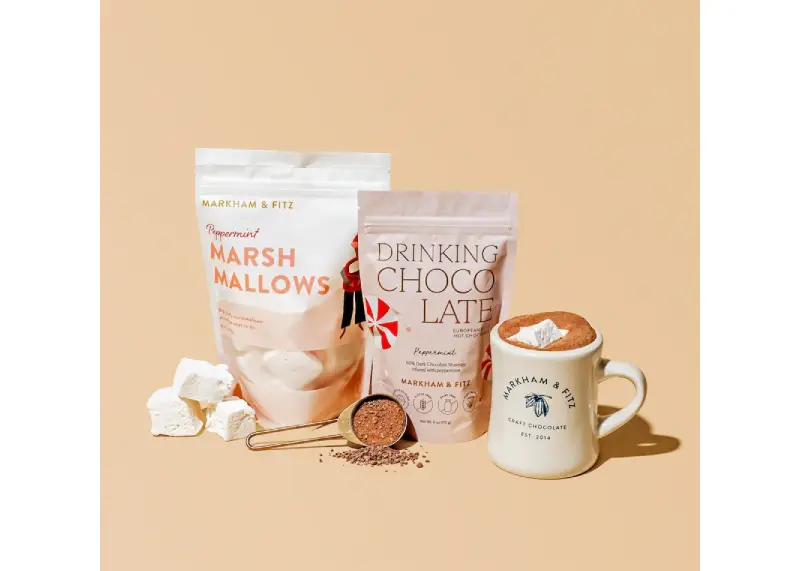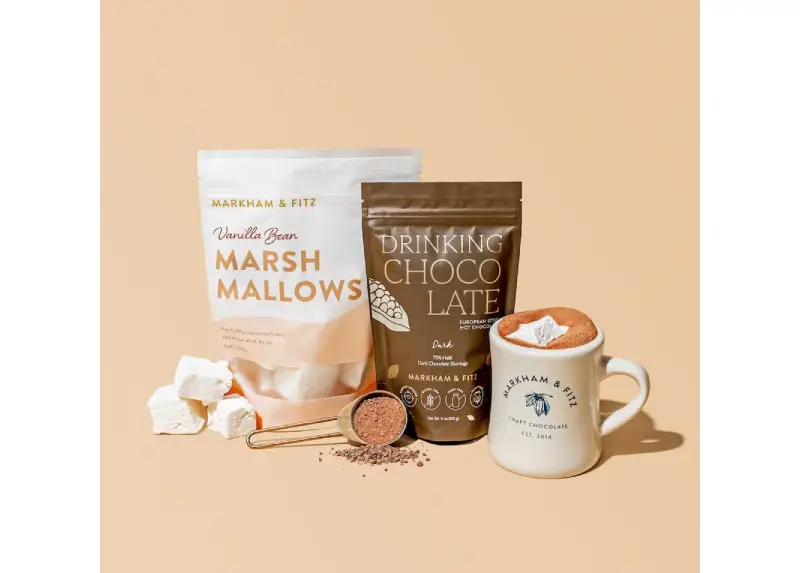Chocolate powder, often called cocoa powder, is made by extracting cocoa butter from cacao beans and grinding the remaining solids. The result is a rich, flavorful powder used in baking, beverages, and desserts. There are two main types: natural and Dutch-processed, each with different acidity and flavor profiles. Understanding the base product helps ensure you choose one that matches your intended use.
Identifying the Purpose of Use
Before selecting the Best chocolate powder, consider how you plan to use it. For hot cocoa or chocolate milk, a smooth, drinkable blend is ideal. For baking, especially in cakes or brownies, look for a powder that reacts well with baking agents. Some chocolate powders are also formulated specifically for health-conscious recipes, offering lower fat or sugar-free options.

Checking for Ingredient Purity
High-quality chocolate powder typically contains one main ingredient: cocoa. Avoid products with added fillers, sweeteners, or preservatives unless you’re purchasing a premixed blend for convenience. The fewer the ingredients, the more control you have over your recipe’s flavor and nutritional content.
Choosing Between Natural and Dutch-Processed Cocoa
Natural cocoa powder is acidic and works well with baking soda, while Dutch-processed cocoa is treated to reduce acidity and is darker, smoother, and milder. Knowing the difference is key in recipes, especially baked goods, as the two types react differently with leavening agents.
Evaluating Flavor Profile and Richness
Not all chocolate powders taste the same. Some offer bold, bitter notes while others lean sweet and mellow. Depending on whether you want a strong chocolate hit for mochas or a balanced taste for smoothies, sample different varieties to find one that satisfies your flavor preferences.
Considering Dietary Needs and Certifications
If you’re vegan, gluten-free, or follow specific dietary guidelines, check the label for certifications. Many high-quality chocolate powders are plant-based and free from common allergens, but it’s always important to verify. Look for organic, fair-trade, or non-GMO certifications if those values are important to you.
Assessing the Color and Texture
The appearance of chocolate powder can reveal a lot about its quality. A rich, deep brown hue often indicates Dutch processing, while lighter powders suggest a more natural state. The texture should be fine and consistent, which helps with smooth mixing and even flavor distribution in recipes.
Reading Reviews and Testing in Recipes
Sometimes the best way to find the right chocolate powder is through real-world testing. Read reviews to see how others have used it, and try small amounts in a variety of recipes. This helps you judge performance in baking, beverages, and other culinary applications.
Paying Attention to Packaging and Storage
Chocolate powder should come in airtight packaging to preserve its flavor and aroma. Choose resealable bags or containers that protect the powder from moisture and light. Proper storage extends the shelf life and ensures it stays fresh for future use.
Conclusion
Choosing the best chocolate powder depends on understanding your needs, from flavor preferences to recipe requirements and dietary restrictions. By focusing on ingredient quality, processing methods, and intended usage, you can find a chocolate powder that enhances your culinary creations. Whether you’re crafting decadent desserts or a cozy cup of hot cocoa, the right choice makes all the difference.




